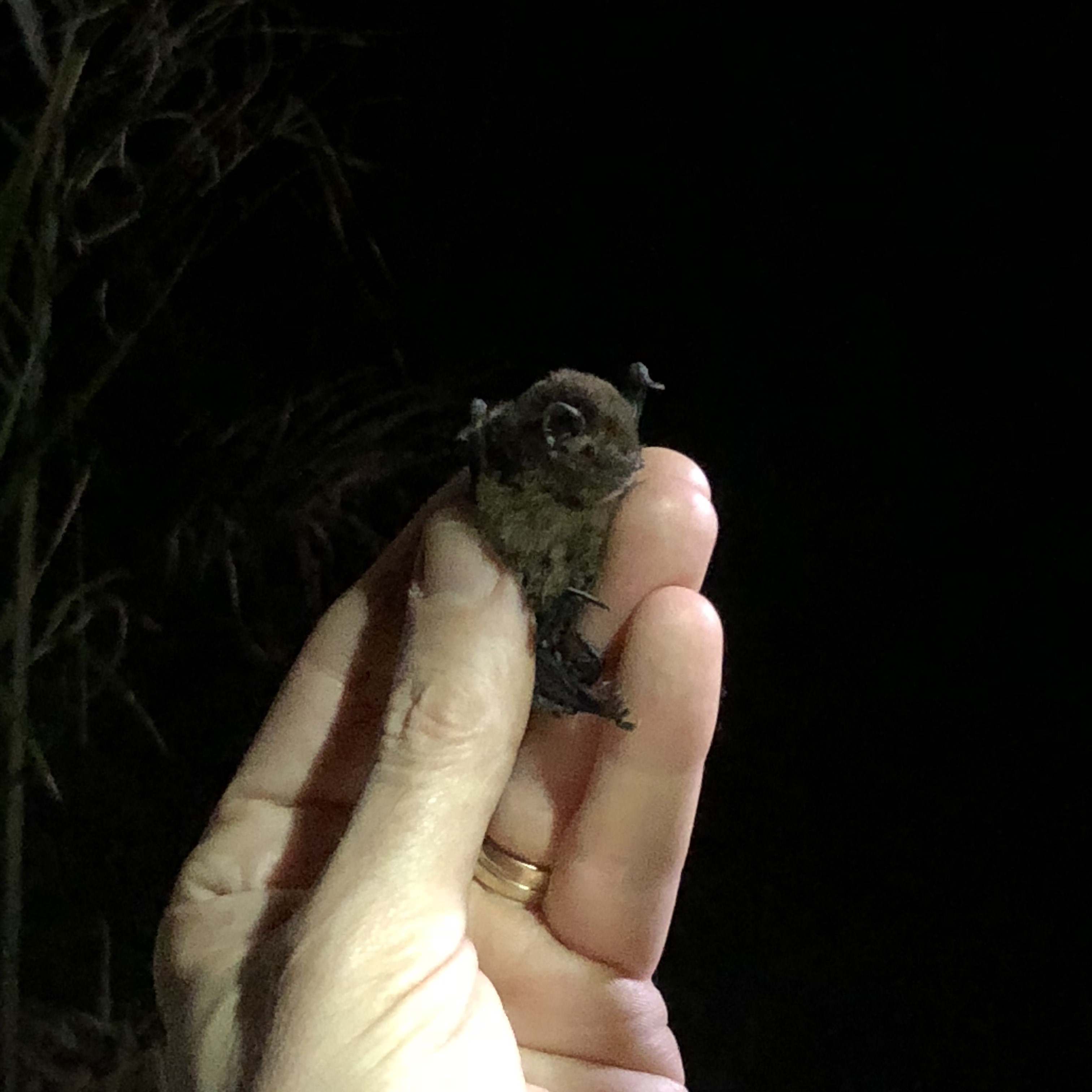The native long-tailed bat, or Chalinolobus tuberculatus, is one of New Zealand’s rarest and most vulnerable creatures.
The species is listed as both nationally and regionally critically threatened, with a high rate of decline due to predation and loss of roosting habitat.
Auckland Council’s Senior Conservation Advisor and bat advocate Ben Paris is leading efforts to understand and protect these bats, especially as they adapt to more urban and agricultural landscapes. He emphasises the need for research and conservation to prevent their further decline.
“These bats are living on the edge. Without predator control at their roosting sites, their populations just can’t survive. Identifying exactly where they’re roosting is critical if we’re going to have any chance at recovery.”
In an ambitious collaborative project, Auckland Council, in partnership with Ngaati Te Ata Waiohua iwi, community groups, and EcoQuest, has committed to a five-year bat survey and tracking programme in the Manukau Lowlands, an area stretching between Waiuku and Pukekohe.
This rural landscape, divided between residential and rural with limited habitat potential, is a surprising discovery for bat activity, first confirmed in 2022.
“To find them in such a place is unusual,” says Paris, “but it’s a vital chance to understand how they’re surviving outside dense forests.”
The next phase of the project focuses on discovering how these bats navigate the landscape, their habitat preferences, and especially where they choose to roost.
“If we know where they roost, we know where to put our efforts. Targeted predator control in these specific areas could make all the difference. It’s a huge effort, and we need to be sure it’s in the right places to be effective,” Paris explains.
To uncover this information, the team will be trapping and radio-tracking bats, a challenging but important process.
Bats are carefully caught using harp nets, either while flying or emerging from tree roosts at dusk. After being fitted with tiny transmitters, they are tracked throughout the night.
“Each night is a race to follow their flight paths across open pastures and small forest areas. It’s not easy, but it’s essential if we want to understand their behaviour,” Paris says.
The tracking process involves a large team of volunteers, iwi kaitiaki, and council staff, all working together to follow the bats across the landscape, triangulating their positions using handheld aerials.

The information gathered will help inform targeted pest management, with the goal of protecting bat populations by controlling their primary predators—invasive mammals like stoats, rats, and possums.
The project is also unique in its leadership structure, as it is co-led by Ngaati Te Ata Waiohau iwi, with young iwi members being trained as certified bat handlers.
“It’s incredibly important to us that this project is led by the community who knows this land best,” Paris says.
“We’re supporting iwi rangatahi to become certified bat handlers, so they can take over this work and be kaitiaki, or guardians, of their own rohe. They’re the ones who will carry this forward.”
Ultimately, this survey is a stepping stone towards understanding how long-tailed bats are surviving in human-dominated landscapes.
“These are agricultural bats now, adapting to life around people, farms, and pasture,” Paris reflects.
“If we can better understand their survival strategies, perhaps they can even serve as natural pest controllers, consuming insects that impact local crops. This study could pave the way for seeing them not only as creatures to protect but as partners in agriculture.”


